Top Diagrams
Featured
The following are the most popular business diagrams on our site:
The following are the most popular business diagrams on our site:
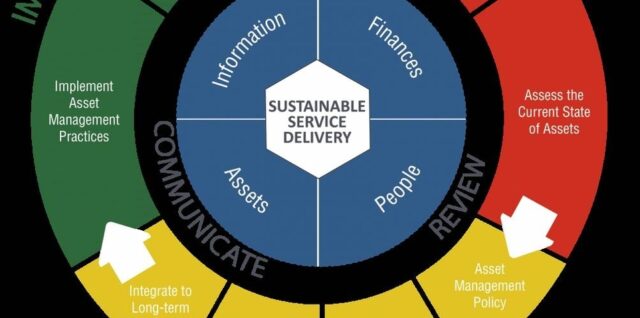
Asset Management Framework: The ISO 55001 Asset Management Framework is an international standard that outlines the requirements for establishing, implementing, maintaining, and improving an effective asset management system. It provides a comprehensive approach to managing physical assets throughout their life Continue reading Asset Management Framework
Keep your products documentation and support materials up to date to enhance user understanding. #UserSupport
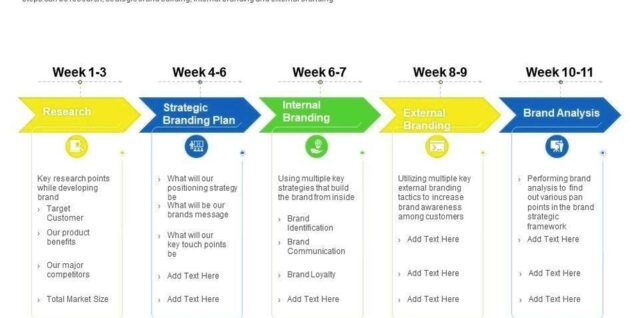
Brand Strategy PPT: A brand strategy PowerPoint presentation outlines the plan for building and managing a brand. It includes elements such as brand positioning, target audience, brand messaging, visual identity, brand values, and marketing tactics. The presentation provides a clear Continue reading Brand Strategy Ppt
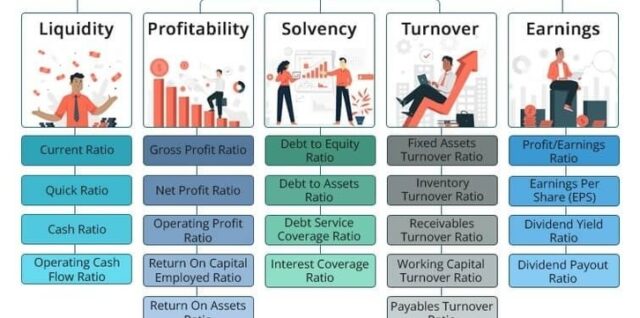
Types of Ratios in Financial Markets: Financial ratios are used to evaluate the financial performance and health of a company. Common types of financial ratios include liquidity ratios (e.g., current ratio, quick ratio), profitability ratios (e.g., net profit margin, return Continue reading Types Of Ratios In Financial Markets
Use shortcuts and macros to speed up routine computer tasks. #TechTips
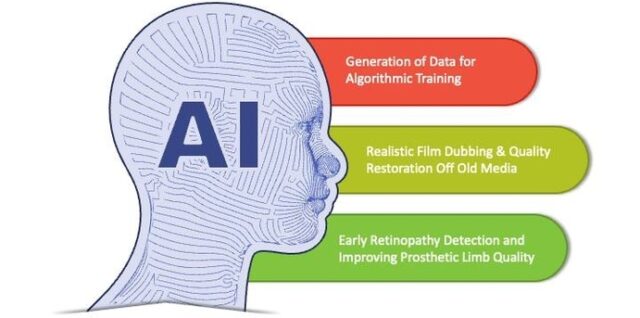
Generative AI: Generative AI refers to artificial intelligence that can create original content, such as text, images, videos, or audio, in response to prompts. It learns patterns from training data and generates new data with similar characteristics, enabling applications like Continue reading Generative AI
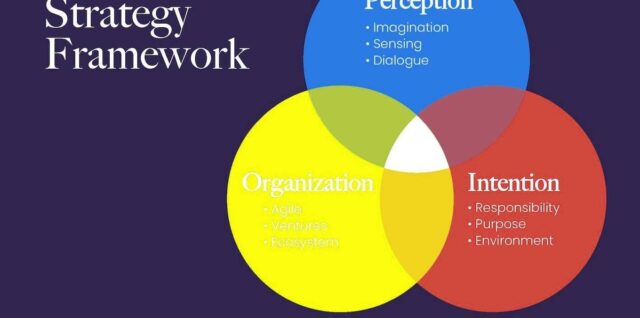
Integrated Strategy Framework Diagram: An integrated strategy framework diagram visually represents the alignment of various strategic initiatives within an organization. It typically includes elements such as corporate strategy, business unit strategies, functional strategies, and supporting processes. This diagram helps ensure Continue reading Integrated Strategy Framework Diagram
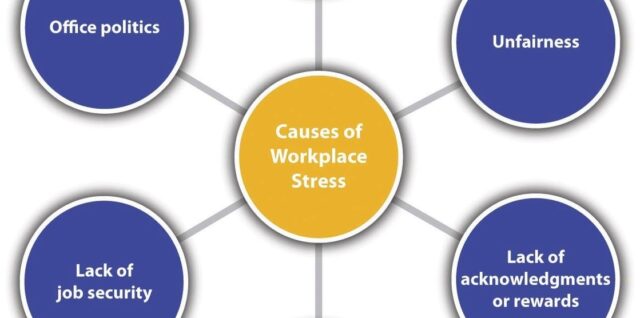
Causes of Relationship Stress: Relationship stress can be caused by factors like poor communication, financial problems, lack of trust, differing values or goals, infidelity, and external pressures such as work or family issues. Addressing these causes often requires open communication, Continue reading Causes Of Relationship Stress
Plan ahead. A well-thought-out plan can prevent delays and keep the process moving quickly. #PlanningTips
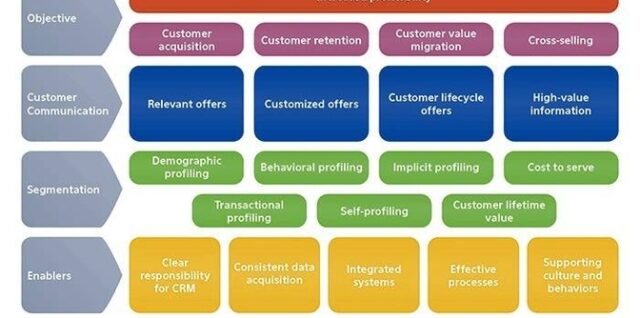
Knowledge-based client relationship management framework: A Knowledge-Based Client Relationship Management (CRM) Framework leverages data and insights to build and maintain strong client relationships. It includes processes for collecting, analyzing, and utilizing client information to personalize interactions, improve service, and drive Continue reading Knowledge Based Client Relationship Management Framework
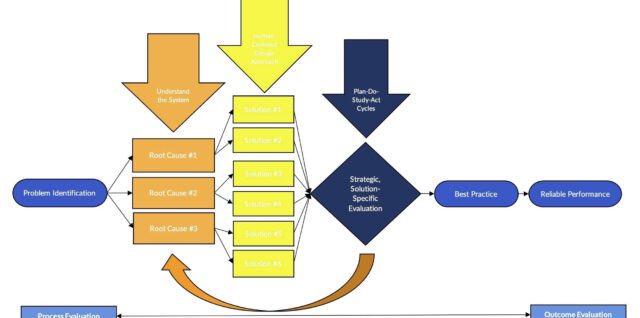
Business Process Improvement Approach: Business process improvement (BPI) is a systematic approach to enhancing the efficiency and effectiveness of business processes. It involves identifying, analyzing, and optimizing existing processes to eliminate waste, reduce costs, and improve quality. Common BPI methodologies Continue reading Business Process Improvement Approach
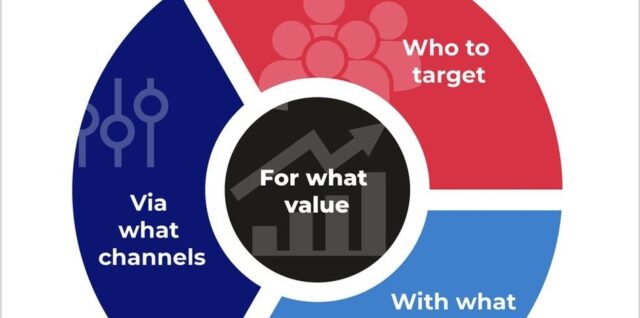
Go to Market Strategic Framework: A go-to-market strategic framework outlines the approach for launching a product or service in the market. It includes market research, target audience identification, value proposition development, marketing and sales strategies, and performance metrics. This framework Continue reading Go To Market Strategic Framework
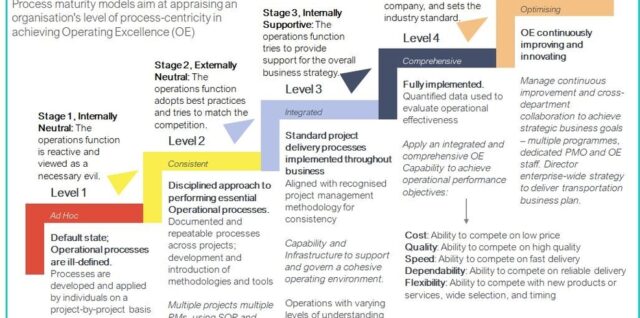
Operations Strategy Maturity Model: An operations strategy maturity model assesses the development and effectiveness of an organizations operations strategy. It typically includes stages like initial, managed, defined, quantitatively managed, and optimizing, helping organizations identify areas for improvement and track progress.
People skills are career skills. Invest in building relationships to propel your career forward. #Networking
Leverage technology to automate scheduling, reminders, and follow-ups. #EfficiencyHacks
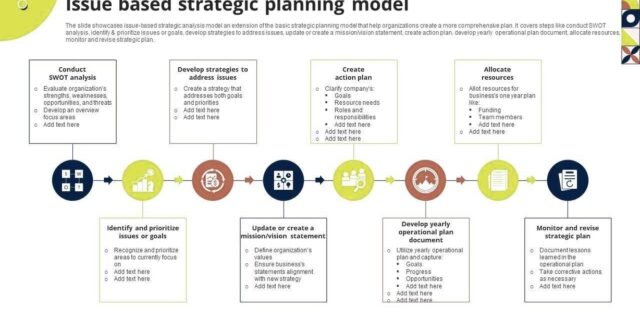
Issue-Based Strategic Model: The issue-based strategic model is a planning approach that focuses on identifying and addressing specific issues or challenges faced by an organization. This model involves analyzing the root causes of issues, developing targeted strategies to address them, Continue reading Issue Based Strategic Model
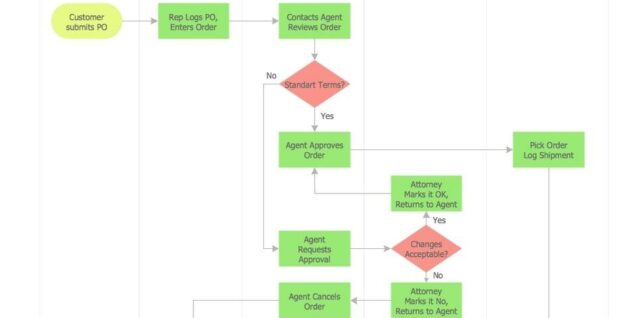
Sales Process Flowchart Illustrated: A sales process flowchart visually maps out the steps in the sales process, from initial contact to closing the deal. It helps sales teams understand the sequence of actions, identify bottlenecks, and streamline their approach to Continue reading Sales Process Flowchart Illustrated
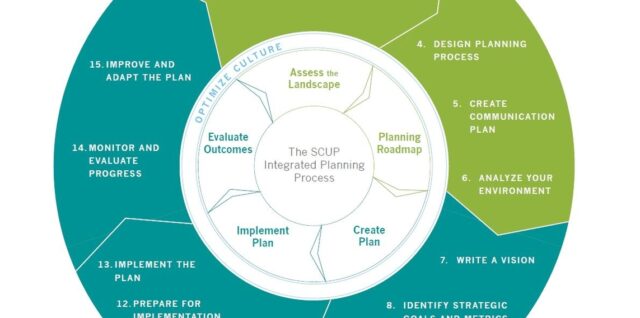
Strategic Planning Institutional Effectiveness: Strategic planning for institutional effectiveness involves setting long-term goals and objectives for an organization and developing actionable plans to achieve them. It includes assessing the institutions strengths and weaknesses, identifying opportunities and threats, and aligning resources Continue reading Strategic Planning Institutional Effectiveness